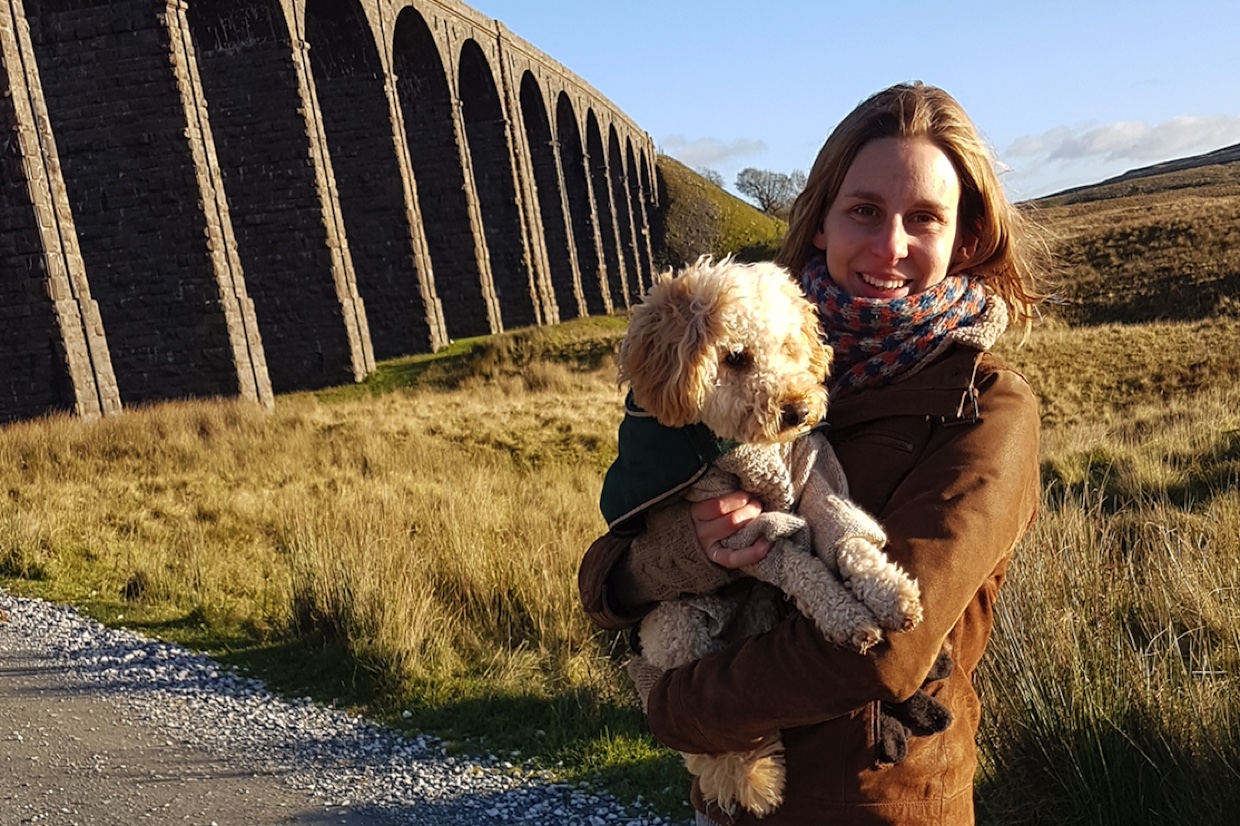The restoration of important natural habitats in the UK could help lock away the equivalent of nearly a third of our annual agricultural emissions each year, according to a new study led by RSPB scientists.
“Currently our nature-rich lands are already doing an excellent job,” says lead author Rob Field. “They hold a massive store of around 0.5 gigatonnes of carbon, around 30% of our land-based store on just 20% of its area, as well as capturing an additional 8.7 million tonnes of CO2e every year.”
CO2e refers to “Carbon dioxide equivalent”, a term for describing different greenhouse gases in a common unit. For any quantity and type of greenhouse gas, CO2e signifies the amount of CO2 that would have the equivalent global warming impact.
However, many of these habitats are in a poor condition. Peatlands are currently degraded by drainage, erosion and inappropriate management, resulting in an alarming 3 million tonnes of CO2e being released a year.

Focussing on peatland and heath, the team found that if these alone were restored, it could increase the overall carbon sequestration by nature-rich habitats to about 14 million tonnes of CO2e per year.
The UK Government has recently committed to ‘net zero’ greenhouse gas emissions by 2050.
“This study shows the importance of looking after our natural places for nature and society, especially as we consider where funding should be allocated to achieve a low-carbon future,” says Field.
Read the study in Biological Conservation.
Main image: Lookout Tower at RSPB Forsinard Flows Nature Reserve, Scotland, UK. © Kevin Arrowsmith/RSPB
